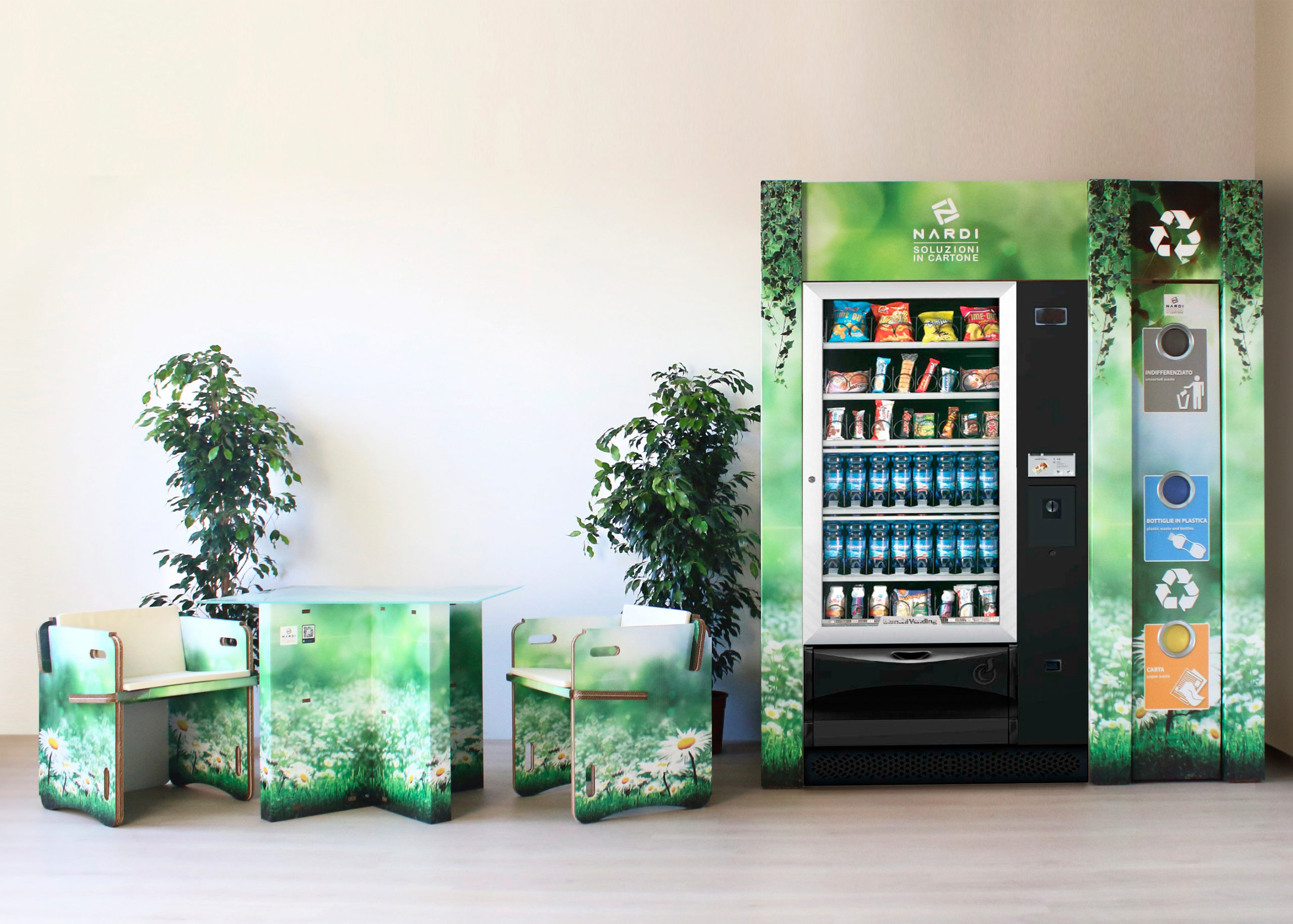
Regular trips to the dentist are an essential part of maintaining good oral health. However, how often should these visits be? Although you might have an estimate in mind, the answer isn’t as straightforward as you might think.
When was your last visit?
Most people are familiar with the semi-annual dental check-up rule while others would think annual to be more appropriate. The semi-annual guideline advises individuals to pay a visit to their dentist every six months. While this would be considered a good general rule of thumb, it’s not a one-size-fits-all approach. The frequency of your dental visits should depend on your individual oral health needs.
The six-month dental visit standard emerged from a time before the advent of modern dental health practices, when little was done to prevent dental issues from arising. Today, with the rise of advanced dental care techniques and products, many people can maintain their oral health for longer periods without a professional cleaning or check-up.
However, this doesn’t mean that dental visits should be neglected. Regular dental check-ups are instrumental in identifying potential issues early on, such as cavities or gum disease, before they escalate into more significant problems.
Why are check-ups necessary
Your teeth look fine and you don’t have any pain so why on earth would you need to go to the dentist? It’s a common misconception that when your teeth feel and look ok, you don’t need to bother with regular dental check-ups. However, this couldn’t be further from the truth. Regular dental visits are more than just paying to get your teeth cleaned – they’re an opportunity to detect any issues early on before they become bigger problems. During each visit, your dentist will inspect your mouth for signs of decay, gum disease or other oral health issues that may not be visible to the naked eye. They will also be able to keep and track records of any tooth wear and teeth and jaw alignment to make sure nothing is changing at a concerning rate.
Your dentist can also help educate you how to keep your teeth healthy between visits. You might discuss proper brushing and flossing techniques, or dietary habits that could affect your oral health as well as anything you may need to keep an eye on.
Additionally, if you’re experiencing any issues between appointments then don’t hesitate to contact your dentist. They may be able to give you advice over the phone or suggest an earlier appointment if needed. Your oral health is just as important as any other part of your body and deserves due attention. If neglected, it can lead to more serious problems in the long run, such as abscesses, gum disease or tooth loss. Make sure to communicate with your dentist regarding any changes in your health so that they can make the necessary adjustments to keep you healthy.
Are you at a higher risk?
People who tend to be at a higher risk include factors such as smoking, diabetes, pregnancy, periodontal disease, or a history of cavities. Also people with weak immune systems may necessitate more frequent visits. People with these particular conditions may need to see their dentist as often as every three to four months.
On the other hand, individuals with excellent oral health may need to see their dentist only once a year. It’s important to remember that this is a minimum; twice-yearly visits are still the most commonly suggested frequency.
Ultimately, the frequency of dental visits should be tailored to each individual’s oral health needs and lifestyle. It’s important to maintain communication with your dentist for a customised approach and to ensure that your oral health is in the best condition possible.
Children
Children need regular dental visits to ensure the correct development of their teeth and catch any early signs of issues. It is recommended that a child should start seeing a dentist when their first tooth appears, or no later than their first birthday. These early dental visits not only help monitor the growth and alignment of teeth but also establish a positive relationship with dental care from an early age. By regularly visiting the dentist, children can learn proper oral hygiene habits, receive preventive treatments like fluoride application, and have any dental concerns addressed promptly, leading to a lifetime of healthy smiles.
Finding the Right Dentist
It’s not just the frequency of dental visits that matters, but also who you entrust your oral health to. Finding the right dentist is a crucial part of maintaining good oral health. Begin your search by seeking recommendations from trusted sources, such as friends, family, or healthcare professionals. Failing that, take to the internet, make sure you do your research and read reviews.
Choose a dentist who maintains a clean, neat, and modern practice. Up-to-date equipment is a sign of a dentist who values innovation and continuous learning.
Finally, consider the dentist’s approach to dental care. A good dentist is not just interested in treating existing issues but focuses on comprehensive preventive care. They should take the time to educate you about your oral health, answer any questions you have, and make you feel comfortable, valued and engaged in decision-making.
Remember, a good relationship with your dentist can go a long way in ensuring a lifetime of oral health. Choose wisely!
To Conclude
Maintaining good oral health is an ongoing commitment that requires regular dental visits tailored to your unique health needs. It’s not just about treating existing conditions, but about prevention and early detection of potential issues. Whether you’re a high-risk individual, a child developing their first set of teeth, or someone with excellent oral health, staying in regular contact with your dentist robina is crucial. Choose a healthcare professional who is qualified, experienced, and invested in your overall oral health. When it comes to oral health, prevention is always better than cure, so make regular dental visits part of your health routine for a lifetime of healthy smiles.



 Vitamins and minerals are nothing new to us! (But I will only discuss vitamins). As with the benefits of multivitamins, there are countless multivitamins available. Vitamin A for visual health, vitamin B is for mental health, vitamin C is for immunity, vitamin D is for bone health, vitamin E is for skin and hair health, and so on.
Vitamins and minerals are nothing new to us! (But I will only discuss vitamins). As with the benefits of multivitamins, there are countless multivitamins available. Vitamin A for visual health, vitamin B is for mental health, vitamin C is for immunity, vitamin D is for bone health, vitamin E is for skin and hair health, and so on.